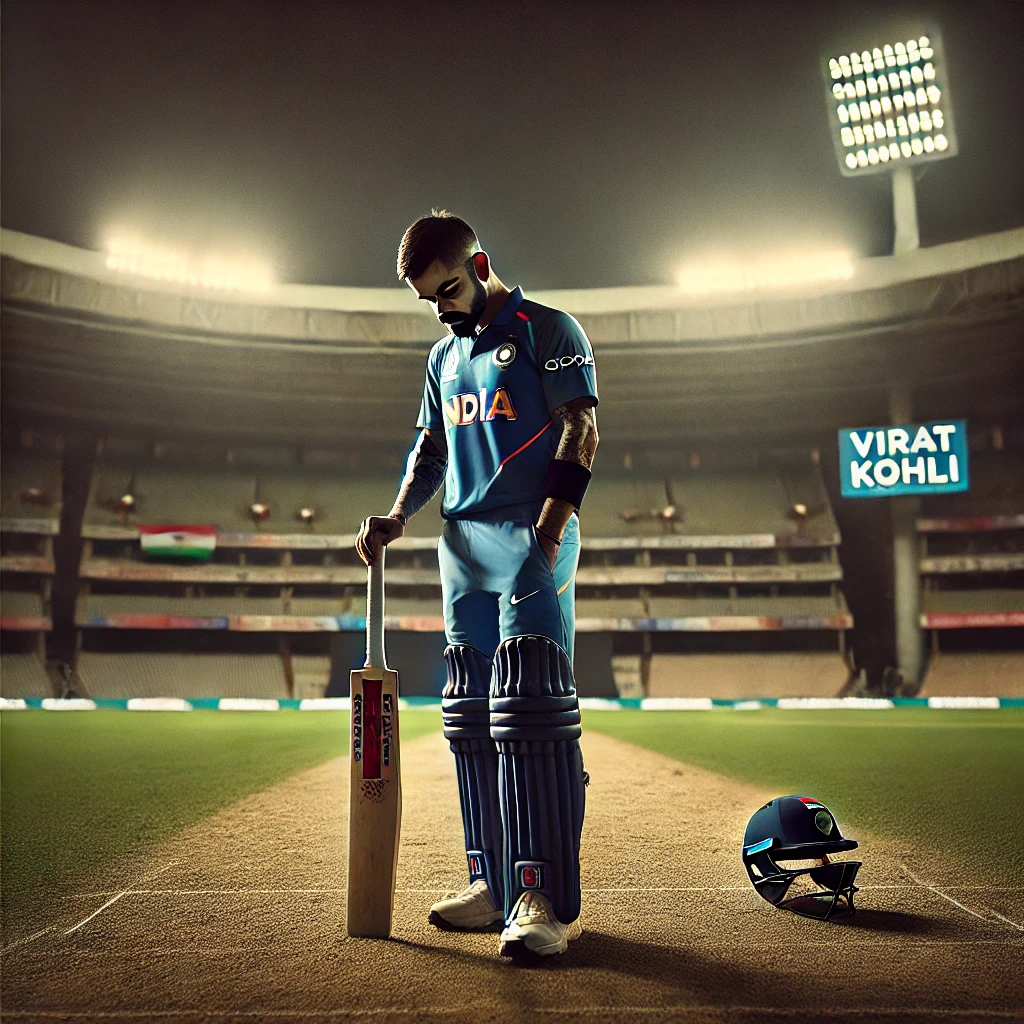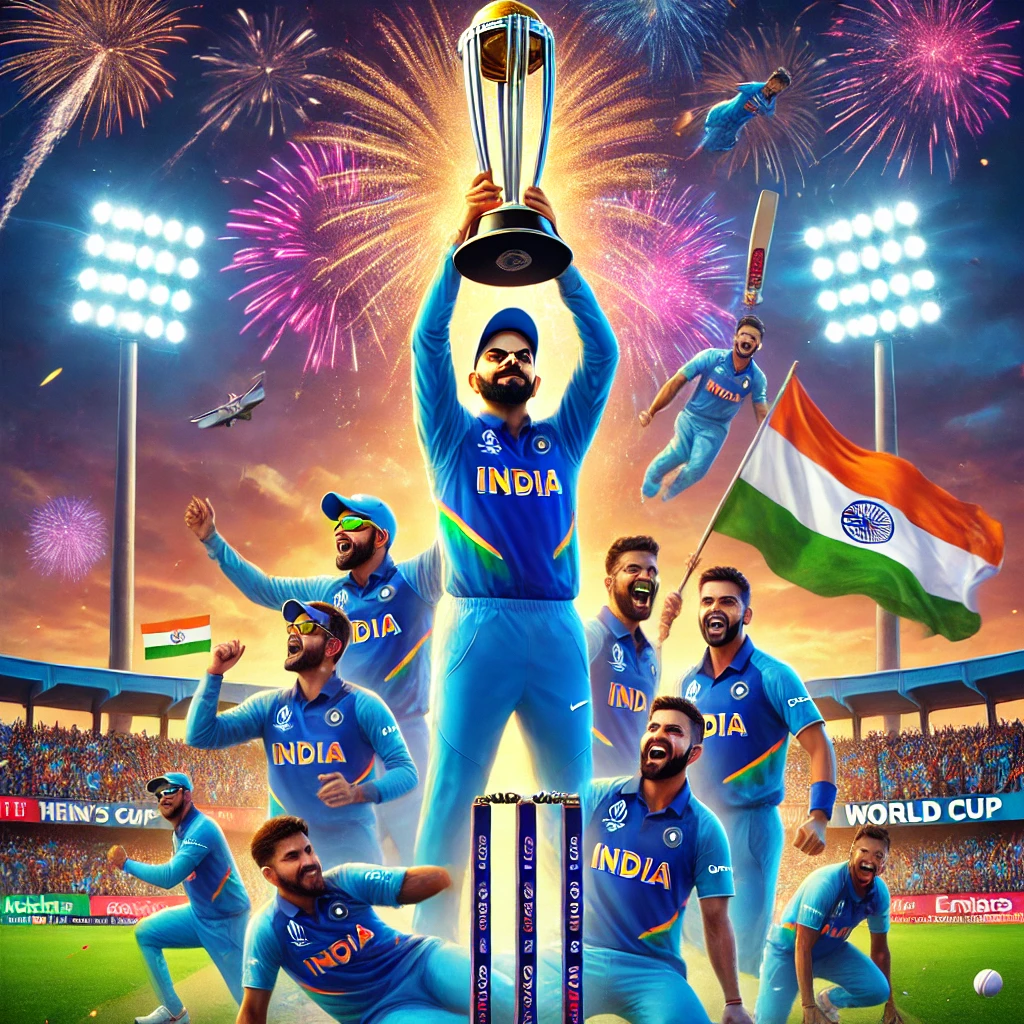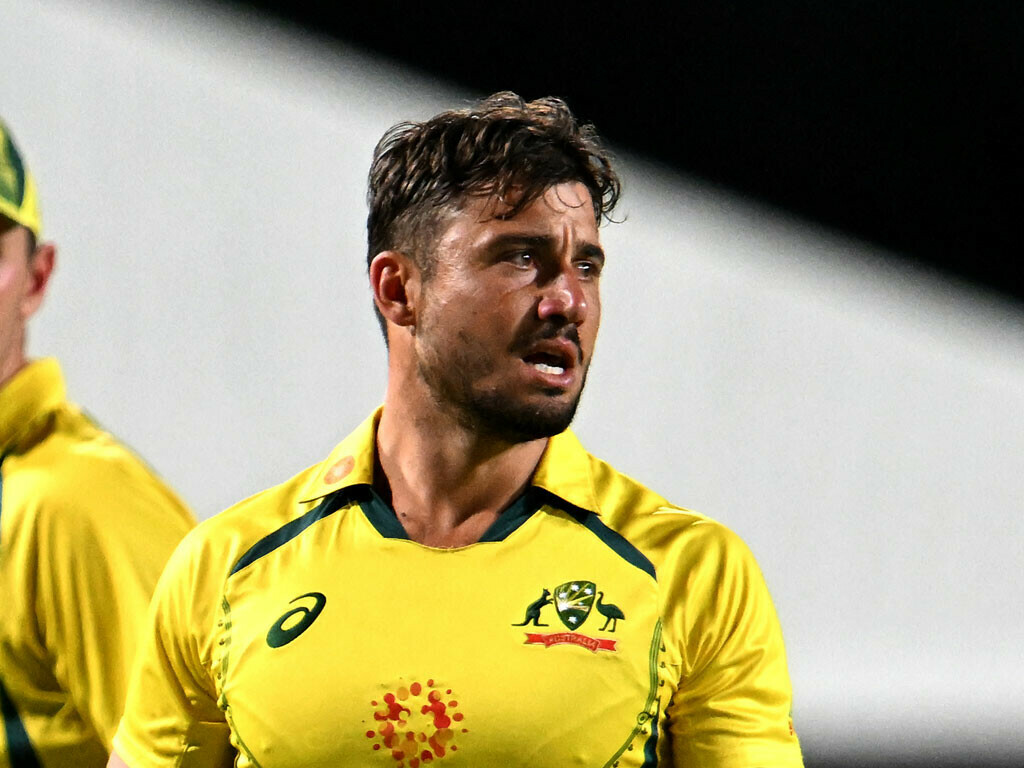In the summer of 2007, the world witnessed a remarkable story unfold on the cricketing stage. India, led by the young and charismatic Mahendra Singh Dhoni, clinched the inaugural ICC T20 World Cup, an achievement that not only put India on the global T20 map but also revolutionized the way cricket was perceived in the subcontinent. This journey was characterized by exhilarating performances, nail-biting finishes, and the emergence of new heroes. Here’s an in-depth look at the journey that led India to victory and the players who etched their names into cricketing folklore.
Prelude to the Tournament
The ICC T20 World Cup in 2007 marked the advent of a new era in cricket. The shorter format promised fast-paced action, greater unpredictability, and a wider audience appeal. India, having not fared well in the 50-over World Cup earlier that year, entered the tournament without many expectations. The Indian selectors, looking to the future, rested senior players like Sachin Tendulkar, Sourav Ganguly, and Rahul Dravid, handing over the captaincy to the untested Mahendra Singh Dhoni.
Dhoni’s appointment as captain was seen as a bold move. With only a handful of international matches under his belt, his leadership skills were relatively unknown. However, his calm demeanor, sharp cricketing mind, and innovative approach were soon to become evident.
Group Stage: Setting the Tone
India was placed in Group D alongside Pakistan and Scotland. Their first match against Scotland was washed out, which meant the all-important clash against Pakistan would decide who progressed to the next stage. The match against Pakistan on September 14, 2007, ended in a thrilling tie, leading to a bowl-out—a novelty at that time. India won the bowl-out 3-0, with Virender Sehwag, Harbhajan Singh, and Robin Uthappa hitting the stumps, while Pakistan failed to register a single hit.
This victory not only boosted the morale of the team but also provided a glimpse of Dhoni’s unorthodox yet effective leadership style. India progressed to the Super 8s with a sense of confidence and camaraderie.
Super 8s: Building Momentum
India was grouped with New Zealand, England, and South Africa in the Super 8s. Their campaign began with a challenging match against New Zealand, which they lost by 10 runs despite a valiant effort by Gautam Gambhir and Virender Sehwag at the top.
The next match against England at Durban became iconic, thanks to Yuvraj Singh’s extraordinary performance. In a scintillating display of power-hitting, Yuvraj smashed Stuart Broad for six sixes in an over, becoming only the second player in the history of T20 cricket to achieve this feat. His 58 off 16 balls propelled India to a formidable total of 218/4. England fell short by 18 runs, handing India a crucial win.
The final Super 8 match against South Africa was a must-win for India to qualify for the semi-finals. The Indian bowlers, led by RP Singh and Harbhajan Singh, restricted South Africa to a modest total, and India chased it down comfortably, with Rohit Sharma’s unbeaten 50 guiding them home.
Semi-Final: The Clash with Australia
India faced Australia in the semi-final, a team brimming with confidence and experience. The match, held at Durban, saw Yuvraj Singh once again rise to the occasion. His blistering 70 off 30 balls included five sixes and propelled India to a competitive total of 188/5.
Australia, in response, started aggressively but kept losing wickets at regular intervals. Sreesanth’s spell, which included the crucial wicket of Adam Gilchrist, and tight bowling from Irfan Pathan and Harbhajan Singh, kept the Australian batting in check. In the end, India emerged victorious by 15 runs, securing their place in the final.
The Final: India vs. Pakistan
The stage was set for an epic showdown between arch-rivals India and Pakistan at the Wanderers Stadium in Johannesburg on September 24, 2007. The atmosphere was electric, and the stakes were high. India won the toss and opted to bat first.
Gautam Gambhir anchored the Indian innings with a superb 75 off 54 balls. His innings was crucial in setting a competitive target, as other batsmen struggled to get going. Rohit Sharma provided a late flourish with a quick-fire 30 off 16 balls, helping India post 157/5 in their 20 overs.
Pakistan’s chase was a roller-coaster ride. Indian bowlers struck early, but Misbah-ul-Haq kept Pakistan in the hunt with a composed innings. The match came down to the final over, with Pakistan needing 13 runs to win and India needing just one wicket. Dhoni handed the ball to Joginder Sharma, a decision that initially raised eyebrows but soon proved to be a masterstroke.
Misbah, attempting a scoop shot over short fine leg, mistimed the ball, and Sreesanth took the catch, sealing a historic victory for India by 5 runs. The Indian team erupted in joy, and Dhoni’s calm leadership was lauded worldwide.
Heroes of the Campaign
- Mahendra Singh Dhoni: The young captain’s calm and innovative leadership was instrumental throughout the tournament. His decision-making under pressure, particularly in the final, showcased his tactical acumen and unflappable temperament.
- Yuvraj Singh: Yuvraj was the tournament’s standout performer for India. His explosive batting, highlighted by the six sixes against England and crucial innings against Australia, made him a pivotal figure in India’s success.
- Gautam Gambhir: Gambhir’s consistent performances at the top of the order, especially his crucial knock in the final, provided the stability and foundation for India’s batting.
- Rohit Sharma: The young batsman made significant contributions in key matches, including a match-winning half-century against South Africa and a vital cameo in the final.
- RP Singh: The left-arm pacer’s disciplined and effective bowling was vital in India’s campaign. He provided crucial breakthroughs and maintained pressure on the opposition batsmen.
- Harbhajan Singh and Irfan Pathan: Both bowlers played crucial roles, particularly in the middle overs, containing runs and taking key wickets. Pathan’s performance in the final earned him the Man of the Match award.
- Sreesanth: Despite being expensive at times, Sreesanth’s wicket-taking ability was crucial. His catch to dismiss Misbah in the final was a defining moment of the tournament.
Legacy of the Victory
India’s triumph in the 2007 ICC T20 World Cup had a profound impact on Indian cricket and the sport globally. It marked the rise of Dhoni as one of the most successful captains in cricket history. The victory instilled a new sense of belief and confidence in the Indian team, laying the foundation for future successes, including the 2011 ICC Cricket World Cup win.
The tournament also popularized T20 cricket in India, leading to the creation of the Indian Premier League (IPL) in 2008. The IPL revolutionized cricket with its blend of entertainment, international player participation, and high-octane matches, making it one of the richest and most popular leagues in the world.
Moreover, the victory inspired a generation of young cricketers in India. The likes of Virat Kohli, Ravindra Jadeja, and many others have often cited the 2007 T20 World Cup win as a pivotal moment in their cricketing journeys.
Conclusion
The 2007 ICC T20 World Cup was more than just a cricket tournament for India; it was a turning point that changed the landscape of Indian cricket. Under the astute leadership of Mahendra Singh Dhoni and the spirited performances of a young and dynamic team, India achieved a feat that resonated across the cricketing world. The heroes of this campaign became legends, and their journey remains a source of inspiration and pride for cricket fans everywhere.
4o






